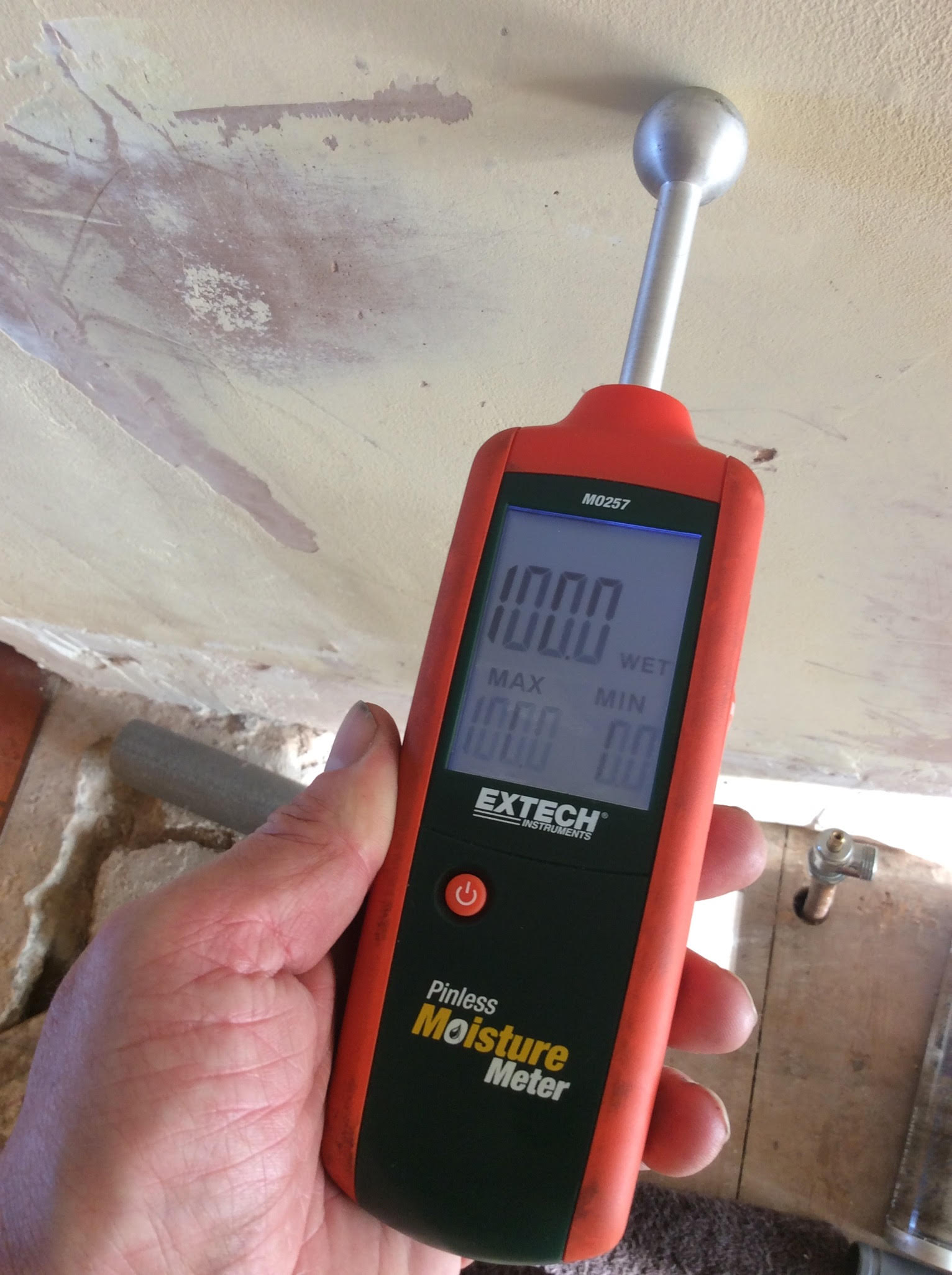Discover Reliable Water Leak Detection Solutions for Accurate and Fast Results
Discover Reliable Water Leak Detection Solutions for Accurate and Fast Results
Blog Article
Cutting-edge Solutions for Very Early Discovery of Water Leakages in Buildings and Facilities
From sophisticated leakage discovery modern technologies to the release of IoT sensors for real-time monitoring, the landscape of leak prevention is progressing rapidly. Automated water flow evaluation systems are improving how leakages are determined and dealt with, leading the means for a positive strategy to water leak detection.
Advanced Leakage Detection Technologies
Advanced leakage discovery innovations, outfitted with cutting-edge sensors and algorithms, play an essential role in swiftly recognizing and determining water leaks in numerous setups. These innovations employ a mix of acoustic, thermal, and electromagnetic sensing techniques to spot leaks accurately. Acoustic sensors identify the sound of escaping water, enabling accurate localization of the leakage resource. Thermal imaging discovers temperature level modifications brought on by water leak, offering one more efficient approach for leakage recognition. Electromagnetic sensors can determine modifications in electromagnetic areas created by water, supplying yet another layer of leakage detection ability.

IoT Sensors for Real-Time Tracking
In the world of modern water leak detection, the integration of IoT sensors for real-time monitoring represents a critical innovation in enhancing positive leakage discovery capacities. These sensing units use constant monitoring of water systems, providing real-time information on water flow rates, pressure variants, and temperature level modifications. By leveraging IoT technology, these sensors can find even the tiniest abnormalities in water usage patterns, allowing early identification of prospective leakages before they escalate right into major concerns.
IoT sensing units transfer information to a centralized platform, where innovative formulas evaluate the information and produce notifies or alerts when irregularities are discovered. This real-time surveillance capacity permits homeowner or facility supervisors to immediately resolve leaks, reducing water damage, decreasing fixing costs, and preserving water sources.
Furthermore, IoT sensors can be integrated with structure administration systems, allowing for automatic feedbacks to discovered leaks, such as shutting off water shutoffs or activating pumps to alleviate the effect of leakages. In general, the execution of IoT sensors for real-time monitoring significantly boosts the performance and efficiency of water leakage detection in buildings and facilities.
Device Discovering Algorithms for Leakage Forecast

One secret advantage of utilizing machine learning for leak prediction is its ability to continuously discover and boost its accuracy gradually. As even more data is gathered and fed into the formula, it can refine its forecasts and adjust to transforming problems, inevitably boosting the dependability of leak discovery systems.
In addition, artificial intelligence algorithms can assist in recognizing refined indicators of leakages that might go undetected by standard monitoring approaches. water leak detection. By assessing complicated information embed in real-time, these algorithms can provide very early cautions and informs, allowing for prompt intervention and preventative upkeep to mitigate official website possible water damages and connected prices
Using Thermal Imaging for Leakage Detection
Thermal imaging innovation provides a promising strategy for spotting water leakages in various systems and frameworks. By making use of infrared radiation and temperature level variations, thermal imaging cams can determine hidden leaks that are not conveniently noticeable to the naked eye. When water leaves from pipes or structures, it commonly changes the temperature level of the bordering location, producing temperature differentials that thermal electronic cameras can record. These temperature irregularities are after that equated into noticeable pictures, highlighting the exact area of visit here the leak.
One of the key benefits of thermal imaging for leak detection is its non-intrusive nature. Unlike typical approaches that might require breaking right into wall surfaces or floors to situate leaks, thermal imaging permits non-destructive testing. This not only saves time and decreases costs yet additionally lessens interruption to the building or infrastructure being assessed. Additionally, thermal imaging can quickly check huge locations, giving an extensive summary of possible leak sources in a prompt fashion. Overall, the use of thermal imaging innovation enhances the performance and precision of water leakage discovery, making it a beneficial tool for preserving the integrity of structures and frameworks.
Automated Water Circulation Analysis Solutions
How can computerized water flow analysis systems change the discovery and administration of leaks in various systems and frameworks? Automated water circulation analysis systems use a proactive method to leak discovery by continuously keeping an eye on water circulation rates and patterns. By developing standard data, these systems can rapidly recognize inconsistencies that might indicate a leak, making it possible for prompt intervention to avoid considerable damages.
These systems use advanced formulas to evaluate real-time information and offer immediate signals when anomalies are discovered, enabling quick activity to be taken. Furthermore, automated water circulation analysis systems can be incorporated with building administration systems or IoT systems, enhancing total effectiveness and making it possible for remote monitoring abilities.
Additionally, the information collected by water leak detection these systems can be made use of for predictive maintenance functions, aiding to identify possible powerlessness in the facilities before leakages take place. In general, the application of automatic water flow evaluation systems can significantly improve leakage discovery and administration techniques, inevitably resulting in cost savings, minimized water wastage, and raised sustainability in buildings and infrastructure.

Verdict
To conclude, the combination of advanced leak discovery modern technologies, IoT sensors, maker discovering algorithms, thermal imaging, and automated water circulation analysis systems supplies cutting-edge remedies for early detection of water leaks in structures and framework. These technologies allow real-time monitoring, prediction of leakages, and reliable detection techniques to stop water damages and waste. Carrying out these solutions can assist in keeping the stability and sustainability of water systems in different setups.
Report this page